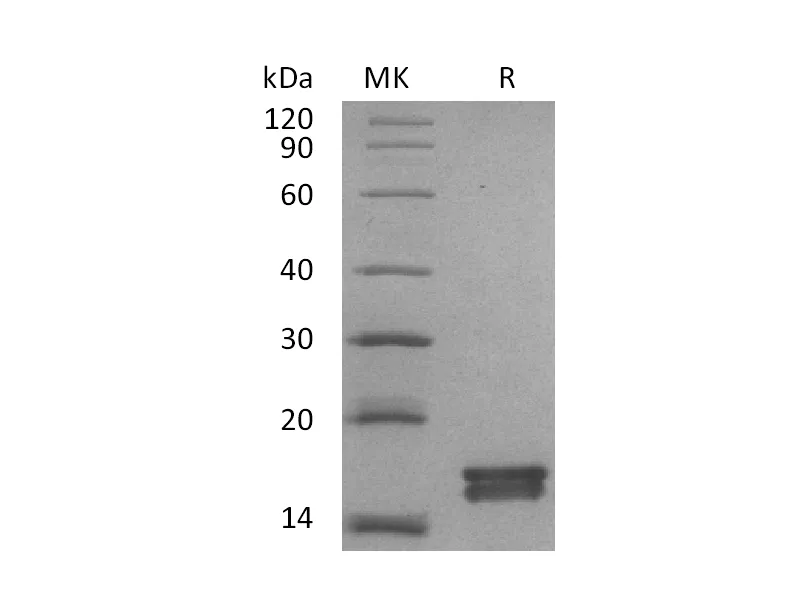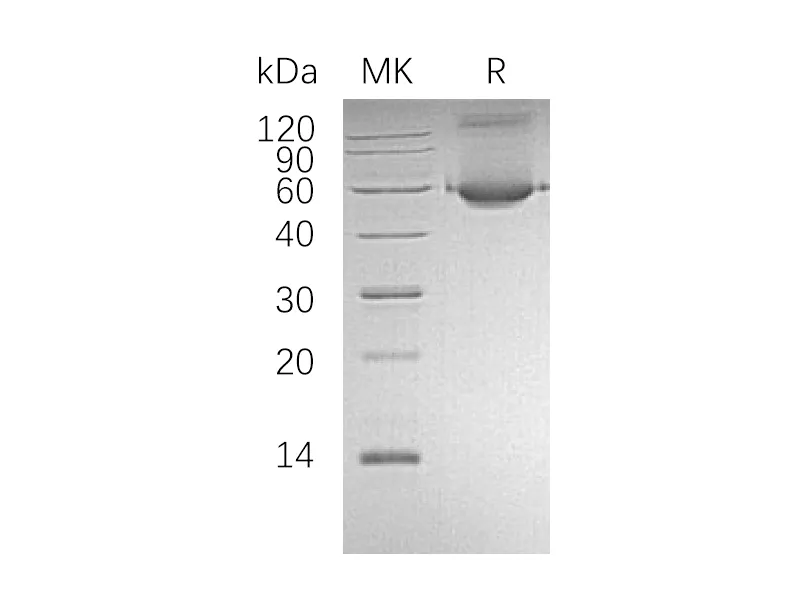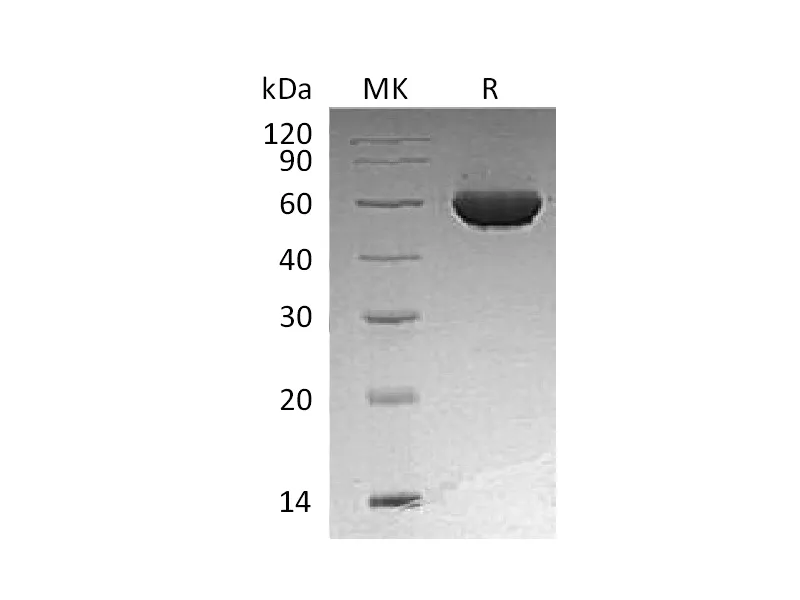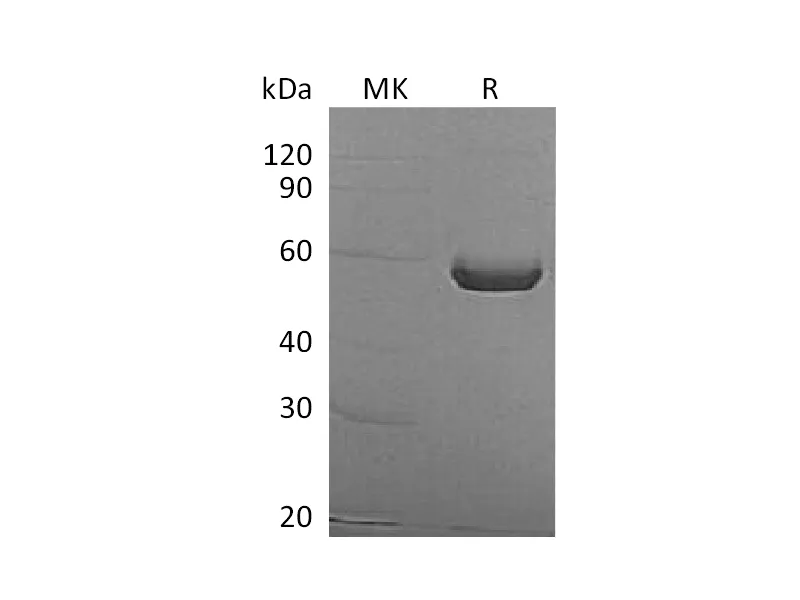Alternative Names
Membrane primary amine oxidase; Copper amine oxidase; Semicarbazide-sensitive amine oxidase; Vascular adhesion protein 1; AOC3; VAP-1; SSAO; HPAO
Background
Membrane primary amine oxidase(AOC3), also known as vascular adhesion protein (VAP-1) and HPAO, this protein is a member of the semicarbazide-sensitive amine oxidase (SSAO) family. VAP-1 is a type 1 membrane-bound glycoprotein that has a distal adhesion domain and an enzymatically active amine oxidase site outside of the membrane, VAP-1 has adhesive properties, functional monoamine oxidase activity, and possibly plays a role in glucose handling, leukocyte trafficking, and migration during inflammation. This rise in metabolic products contributes to generating advanced glycation end-products and oxidative stress along with the monoamine detoxification in the organism. It is highly expressed on the endothelium of the lung and trachea, and absent from leukocytes and epithelial cells. Membrane-bound VAP-1 releases an active, soluble form of the protein, which may be conducive to increased inflammation and the progression of many vascular disorders. In particular, elevation of VAP-1 activity and the increased enzymatic-mediated deamination is proposed to play a role in renal and vascular disease, oxidative stress, acute and chronic hyperglycemia, and diabetes complications.
Note
For Research Use Only , Not for Diagnostic Use.




